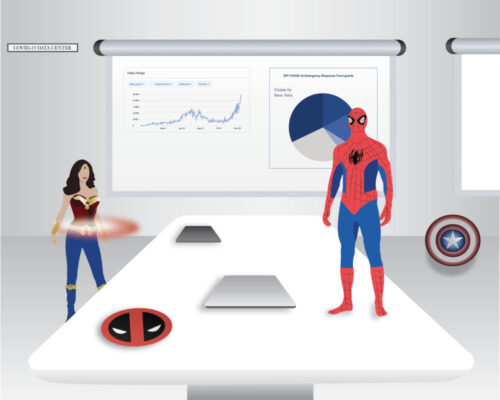Healthcare During the COVID-19 Pandemic
By Liz Lopez
At the forefront of our social consciousness during the COVID-19 pandemic is human health. News outlets cover health now as a daily topic. How we are doing health-wise as a country, as a state, as a city, in our families, and as individuals are constant topics of conversation.
In San Francisco the total number of reported COVID-19 cases reported through Dec. 2 was 16,208 with the total number of deaths reaching 162, according to Data SF. California’s total COVID-19 positive cases, reported through Dec. 3, reached 1,286,557 cases, with 19,582 deaths. “The 14-day rolling average of new coronavirus cases has spiked since Nov. 1—up a staggering 152%,” reported Alix Martichoux and Stephanie Sierra of ABC 7 News.

As a result of the sharp increase of infections, starting on Nov. 29, San Francisco was pushed from the red tier to the purple tier. The four tiered color coded system, rolled out by California Governor Gavin Newsom, assigns the colors yellow, orange, red and purple (in order of severity) to counties in order to track cases and determine when businesses and schools can start to reopen. Purple designates widespread COVID-19 cases, with more than 7 new cases per 100,000 residents, which means that many non-essential indoor businesses will remain closed or limited to 25% of capacity.
On the frontlines are healthcare workers who work long stress filled days to provide urgent care for patients with COVID-19. By April 15, hundreds of healthcare workers around the world had died. “EMT [emergency medical technician] salaries [have] never been adequate for what they do, especially at these trying times,” says Frank McMahan, instructor in the Health Care Technology (HCT) department of City College.
City College’s HCT department offers Medical Assisting, Paramedic, Emergency Medical Technician, Health Information Clerk and Pharmacy Technician certificates. HCT department programs provide lectures on COVID-19, covering how to providing care for infected individuals and how to do it safely.
McMahan recommends that students stay home when possible and when there is a need to leave your home, wear masks and stay 10 feet away from people. Washing your hands for at least 2 minutes and drying your hands is important. Use alcohol sprays on door handles and everything your hands touch. Before shopping for groceries make sure to disinfect your shopping cart and wear disposable gloves.
There are multiple testing sites in San Francisco, so if you think you contracted COVID-19, even if you don’t have health insurance, you can get tested. The Mission Neighborhood Health Center at 240 Shotwell and the Potrero Hill Health Center Testing Site at 1050 Wisconsin Street are just a couple of the local testing locations that are open Monday through Friday. The Alemany Farmers Market has walk-through and drive-through options and takes a limited number of drop-ins, though appointments are recommended. If you live in San Francisco you can call 311 for help making an appointment.
The risks and challenges taken on by healthcare workers are beyond the scope of what they are being paid to do. By making sure that we are doing everything we can to protect ourselves and others during this time, it not only keeps our communities safe but it is also a way of showing our respect to the many health care workers who put their lives on the line in order to save lives.
